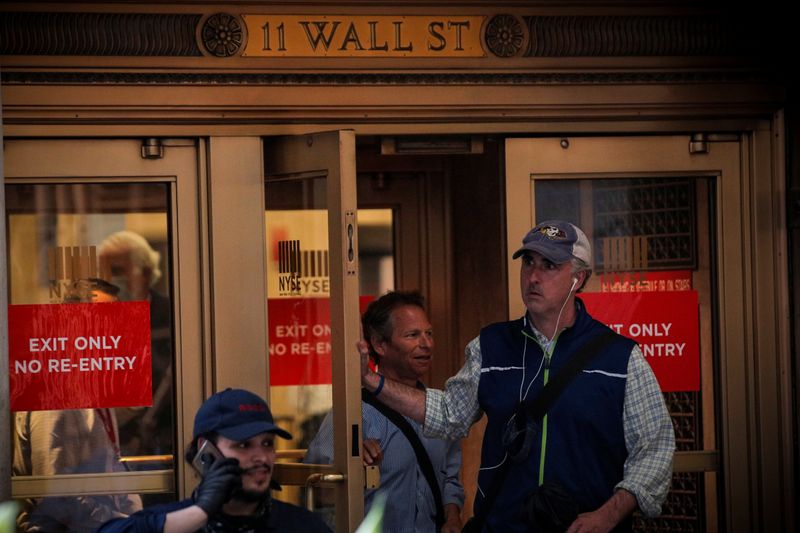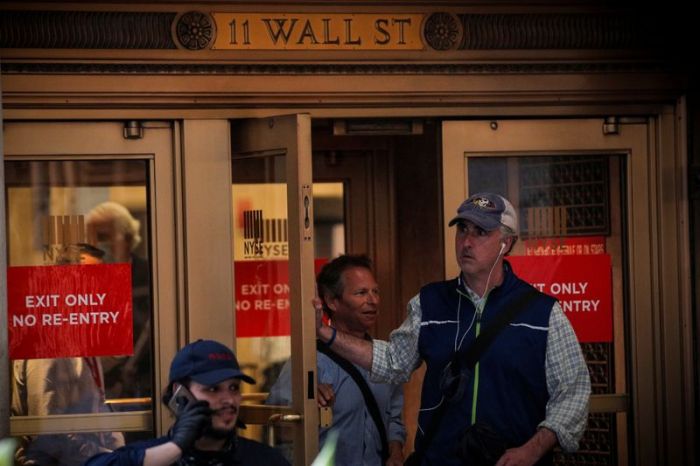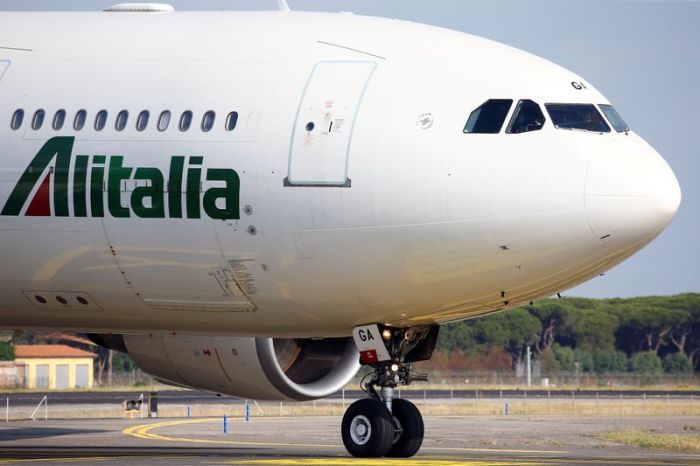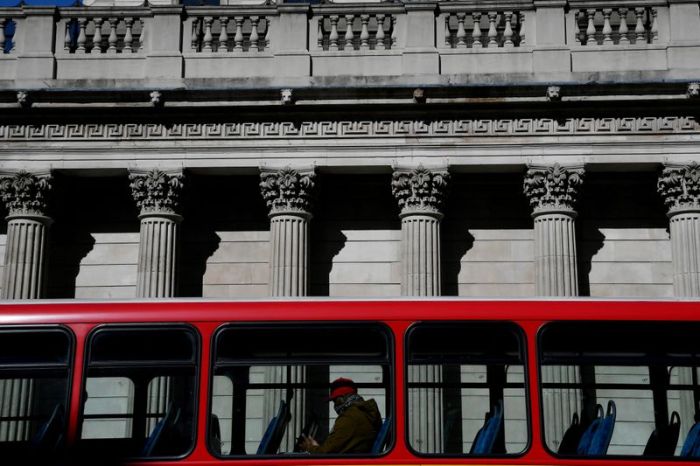NEW YORK (Reuters) – The dollar eased and global equity markets surged on Tuesday after reassurances on the U.S.-Sino trade deal and upbeat economic data from the United States and Europe brightened the prospect of a swift economic recovery.
The euro hit a one-week high as higher-risk currencies, including the Australian dollar, rose after U.S. officials reaffirmed the trade deal following remarks by White House trade adviser Peter Navarro, who said late Monday the pact was “over.”
Beijing has actually stepped forward in a number of areas in a constructive way, Larry Kudlow, director of the national economic council, told Fox Business Network.
“The confirmation from the White House that the China trade deal remains in place gave a lot of confidence to the market,” said Tim Ghriskey, chief investment strategist at Inverness Counsel in New York.
Also driving “risk-on” sentiment was data showing sales of new U.S. single-family homes increased more than expected in May and a slower-than-expected contraction of U.S. and European business activity last month.
IHS Markit’s euro zone Flash Composite Purchasing Managers’ Index, seen as a good gauge of economic health, recovered to 47.5 from May’s 31.9, moving closer to the 50 mark separating growth from contraction. In April it was a record low 13.6.
The U.S. PMI reading and other IHS Markit indicator beat expectations, driving European bourses to close more than 1% higher, with Germany’s DAX index topping 2%. Wirecard climbed 18.8% after the arrest of its former chief executive on suspicion of falsifying accounts.
“The PMIs overseas were very strong and broad. There’s a lot of pent-up demand, there’s a lot of cash and cash equivalents sloshing around looking for a home,” Ghriskey said.
MSCI’s gauge of stocks across the globe gained 0.90% , but remains 8% lower than its peak in February. MSCI’s emerging market index rose 1.44%.
In Europe, the broad pan-regional STOXX 600 index closed up 1.3%.
Wall Street also soared, with the Nasdaq setting an all-time peak and a record closing high.
The Nasdaq is more than 3% higher than its pre-COVID peak. It once again was lifted by Apple Inc trading at record highs, as the company announced new products at its annual conference for software developers.
The Dow Jones Industrial Average rose 131.14 points, or 0.5%, to 26,156.1. The S&P 500 gained 13.43 points, or 0.43%, to 3,131.29 and the Nasdaq Composite added 74.89 points, or 0.74%, to 10,131.37.
The three major U.S. stock indexes pared gains from highs of more than 1% earlier in the session.
The weaker dollar, a sign of increased risk appetite, lifted gold prices to their highest since October 2012 as investors eyed central bank monetary stimulus aimed at bolstering the recovery in the midst of still-rising coronavirus cases.
“The tsunami of stimulus coming in from everywhere is not only inflationary but also painting a weaker picture for the economy and making gold look attractive,” said Edward Meir, analyst at ED&F Man Capital Markets.
The upbeat economic data and trade deal affirmation boosted longer-term U.S. Treasury yields, while the closely watched spread between 2- and 10-year yields, considered a barometer of economic expectations, inched up to 53 basis points.
Benchmark 10-year notes rose 1.1 basis points to yield 0.7135%.
Safe-haven German 10-year bond yields rose 3 basis points to -0.41%, moving further away from a near one-month low overnight after the trade remarks shocked markets.
The dollar index fell 0.34%, with the euro up 0.42% to $1.1305. The Japanese yen strengthened 0.32% versus the greenback at 106.55 per dollar.
Oil futures pulled back from highs last seen before the coronavirus pandemic slammed fuel demand worldwide. U.S. crude inventory figures are released late in the day and on Wednesday also gave traders pause.
Brent futures settled down 45 cents at $42.63 a barrel, while U.S. crude fell 36 cents to settle at $40.37 a barrel.
U.S. gold futures settled up 0.9% at $1,782 per ounce.
(Reporting by Herbert Lash and Stephen Culp; additional reporting by Marc Jones in London and Diptendu Lahiri in Bengaluru; Editing by Nick Zieminski and Dan Grebler)
























